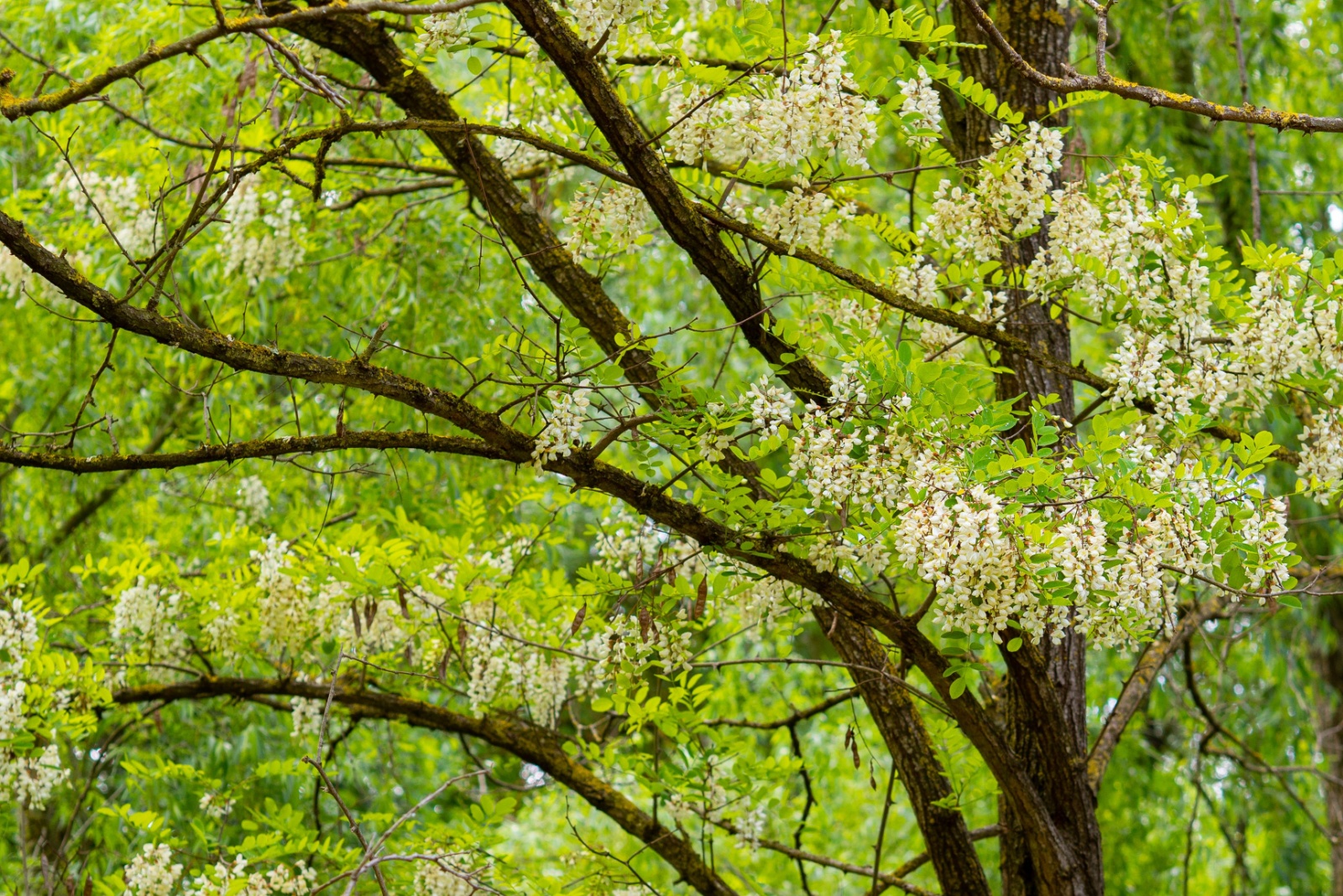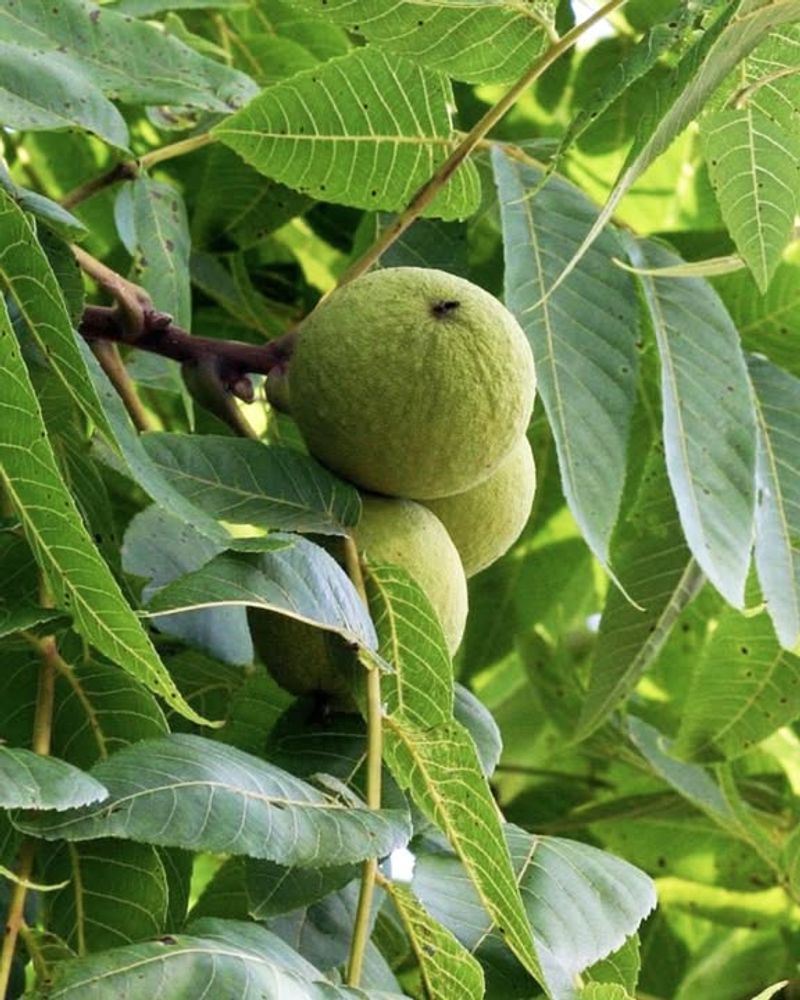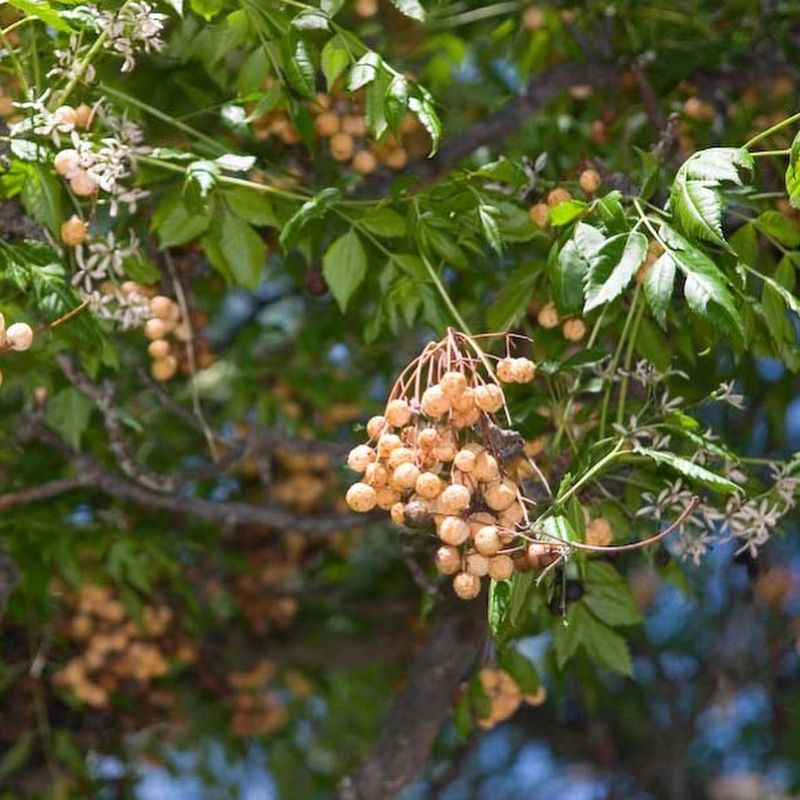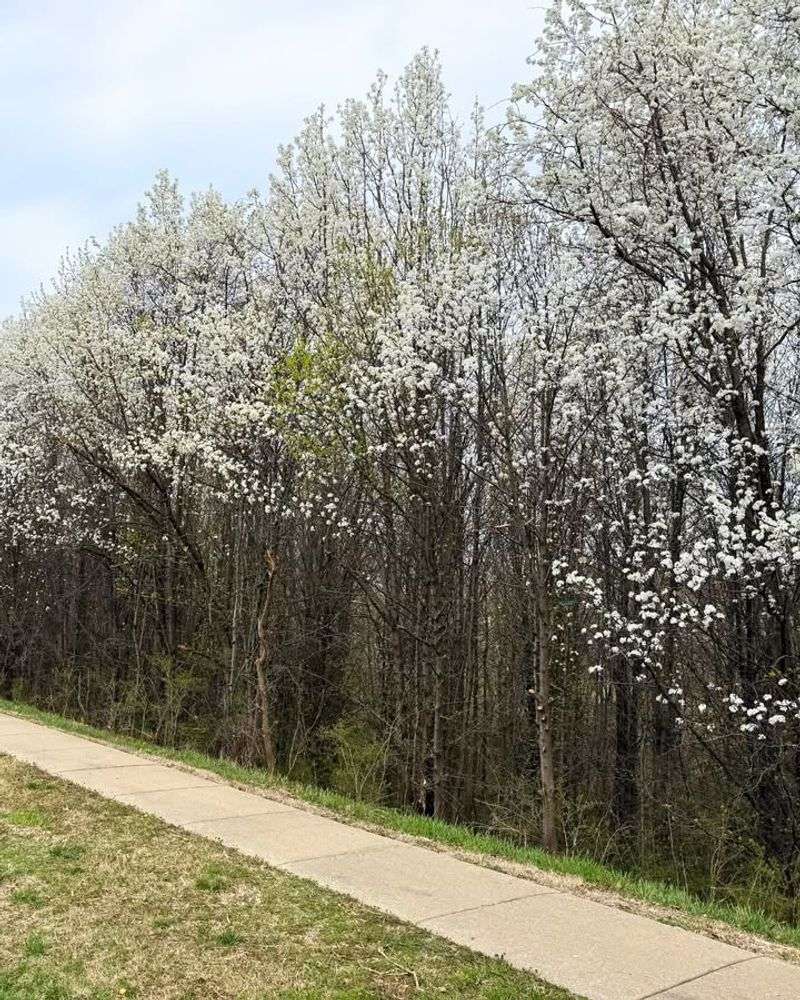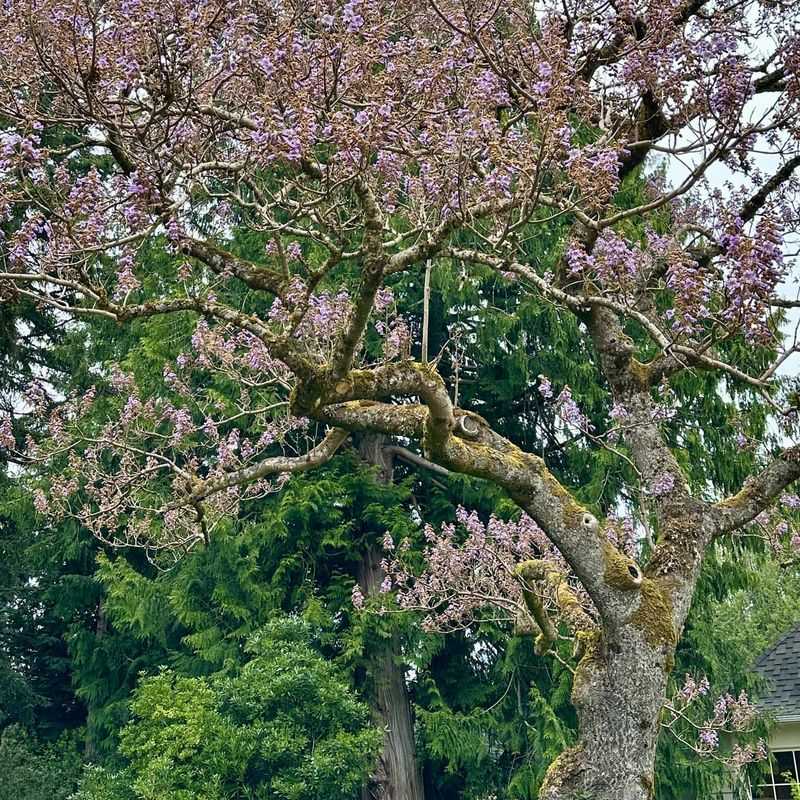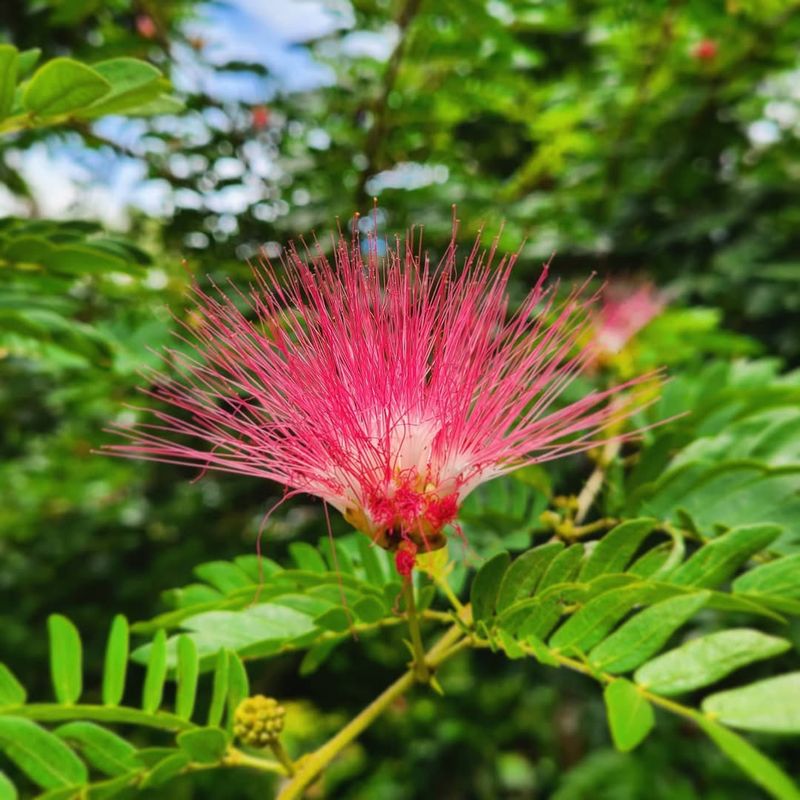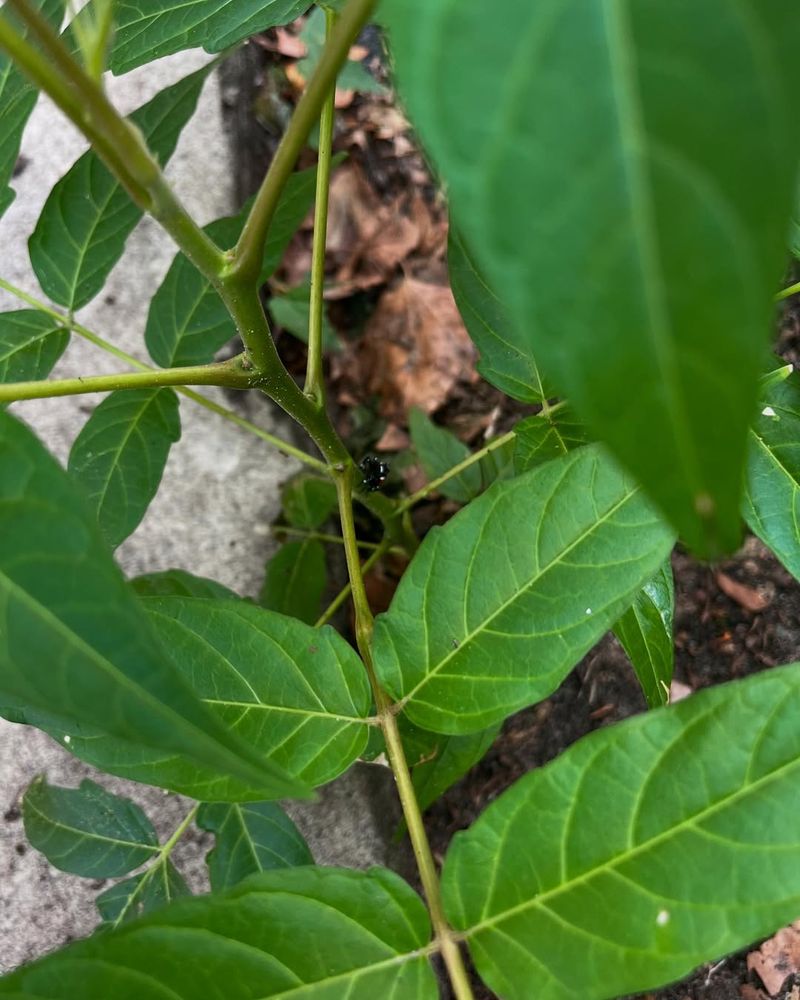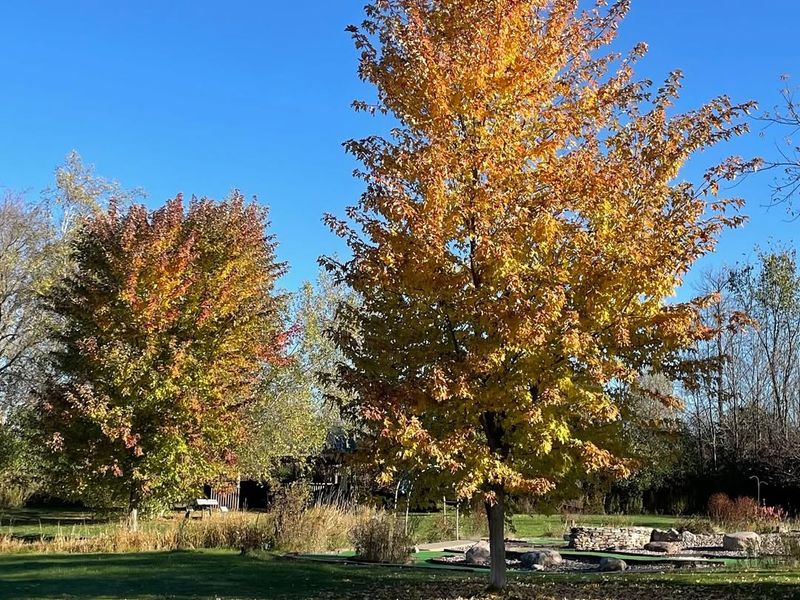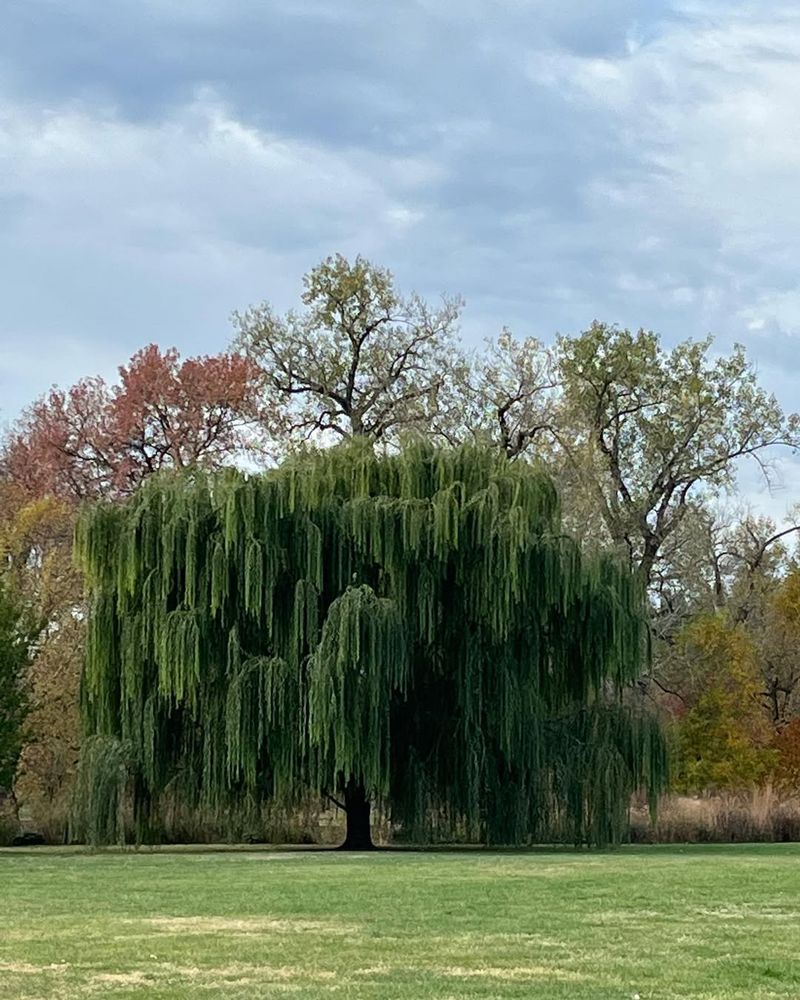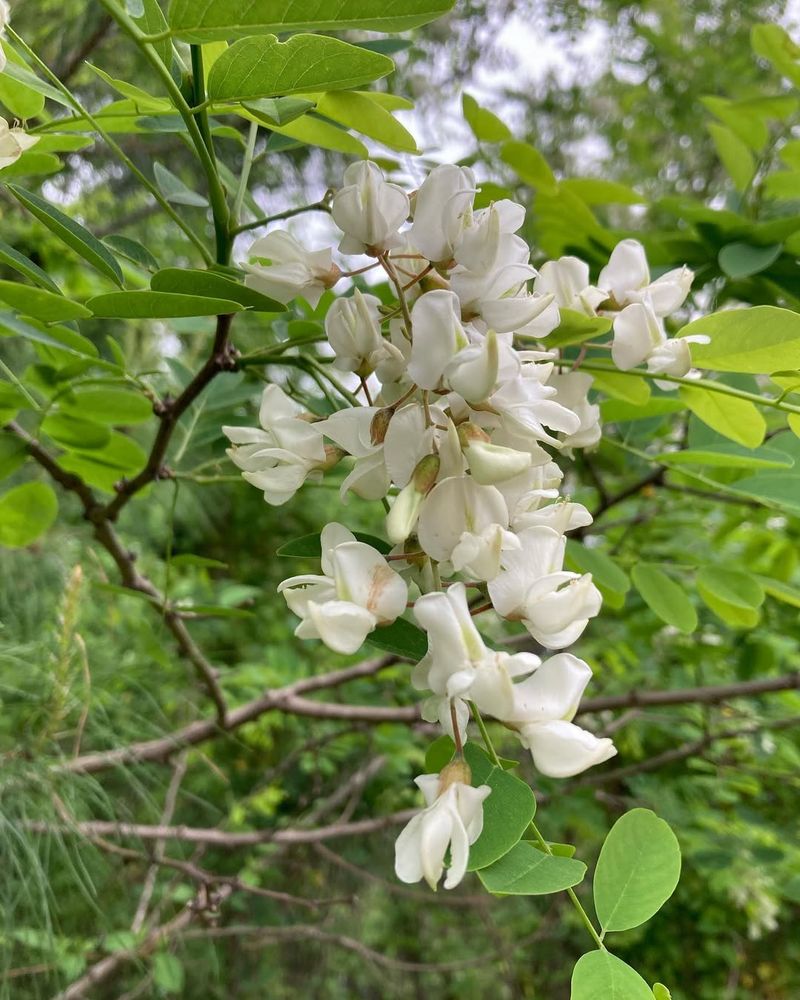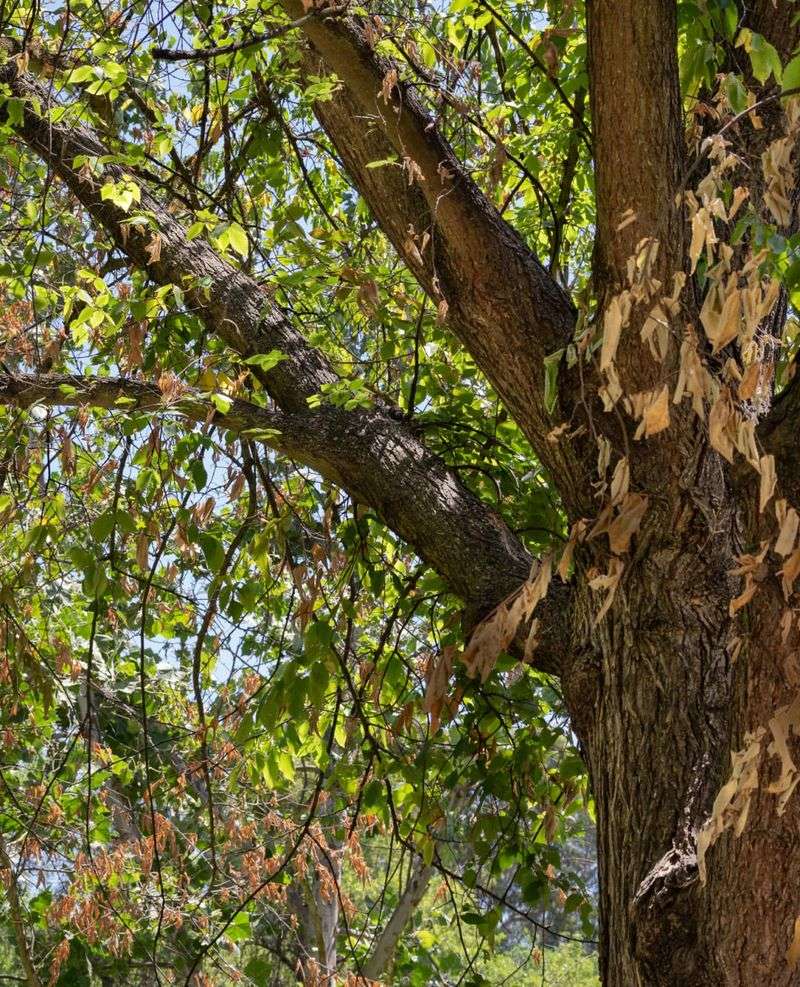Storm clouds gather fast in North Carolina, and the wrong tree can turn a calm yard into a powder keg. One bad branch, and you’re up a creek without a paddle.
Before you invite trouble onto your turf, size up the wooden troublemakers that can turn any Tar Heel haven into a ticking time bomb.
1. Black Walnut
Black walnut trees might look impressive, but they release a chemical called juglone that destroys nearby North Carolinaplants. Your garden vegetables, tomatoes, and many flowers simply won’t survive close to this tree.
The roots spread far and wide, poisoning soil up to 50 feet away. Fallen nuts create slippery hazards on walkways and lawns.
Pets can get sick from eating the hulls, which contain harmful toxins that affect their nervous systems.
2. Chinaberry Tree
Bright yellow berries might catch your eye, but chinaberry trees are incredibly toxic to humans and animals. Just a handful of berries can cause serious illness in children and pets.
Birds spread the seeds everywhere, making this invasive species hard to control once established in North Carolina yards. The tree grows fast and crowds out native plants that wildlife depends on.
Symptoms of poisoning include vomiting, seizures, and breathing problems that require immediate medical attention.
3. Bradford Pear
Bradford pears became popular for their stunning white spring blooms, but they’re notorious for splitting apart during storms. Weak branch angles mean limbs crash down without warning, damaging homes, cars, and power lines.
The flowers smell absolutely terrible, like rotting fish. Sharp thorns develop on shoots, creating painful surprises for anyone doing yard work.
Considered invasive, they spread aggressively and choke out beneficial native trees across North Carolina.
4. Empress Tree
Growing up to 15 feet in a single year, empress trees sound amazing until you see the damage they cause. Roots invade sewer lines, crack foundations, and lift sidewalks with incredible force.
Seeds spread by the thousands, sprouting everywhere and creating maintenance nightmares. The brittle wood breaks easily, sending heavy branches crashing during moderate winds.
Once established, they’re nearly impossible to remove since stumps resprout multiple times.
5. Mimosa Tree
Fluffy pink flowers make mimosa trees look like something from a fairy tale, but appearances deceive. Shallow roots buckle North Carolina driveways and sidewalks while providing poor stability during storms.
Webworms infest the delicate foliage, creating ugly webs that drape across branches. The tree drops endless seed pods, leaves, and flowers that create constant cleanup work.
Highly invasive, mimosas spread rapidly and steal resources from native species that support local ecosystems.
6. Tree Of Heaven
Despite its heavenly name, this tree creates hellish problems for homeowners. Roots produce chemicals that destroy surrounding plants while sending up dozens of suckers that invade lawns and gardens.
The leaves and male flowers emit a nauseating smell similar to burnt peanut butter. Touching the tree can cause skin rashes and allergic reactions in many people.
It grows aggressively in cracks, damaging structures and pavement while hosting invasive insects like the spotted lanternfly.
7. Silver Maple
Silver maples grow incredibly fast, which seems great until their shallow roots destroy everything in their path. Driveways crack, sewer lines clog, and foundations shift as roots seek water and nutrients.
Brittle branches snap off regularly, even in light winds, creating constant hazards overhead. The tree drops seeds, leaves, and twigs year-round, making yard maintenance exhausting.
Water-seeking roots invade septic systems and underground pipes, causing expensive repairs that North Carolina homeowners must address.
8. Weeping Willow
Romantic and graceful in appearance, weeping willows hide a destructive secret beneath the soil. Their aggressive root systems seek out water sources, clogging septic tanks, sewer lines, and drainage pipes with ease.
Branches break constantly, littering yards with debris that requires regular cleanup. The trees demand huge amounts of water, which can stress your lawn during dry periods.
Planted too close to homes, they cause foundation problems as roots penetrate any crack seeking moisture.
9. Black Locust
Black locust trees feature beautiful white flowers, but every other part spells trouble for North Carolina homeowners. Sharp thorns cover branches and shoots, causing painful injuries to anyone working nearby.
All parts of the tree are toxic, especially the bark, seeds, and leaves. Children and pets risk serious poisoning if they chew or ingest any portion.
Aggressive root suckers pop up everywhere, creating dense thickets that are difficult and dangerous to remove because of those vicious thorns.
10. Siberian Elm
Siberian elms grow quickly but fall apart just as fast, earning the nickname widow-maker. Branches drop without warning, threatening anyone underneath and damaging property below.
The trees produce massive amounts of seeds that germinate everywhere, creating endless seedlings to pull from gardens and flower beds. Dutch elm disease and other problems plague these weak trees constantly.
Shallow roots lift pavement while providing poor anchorage, making the entire tree a falling hazard during storms.
11. Eastern Cottonwood
Cottonwood trees release clouds of fluffy seeds that coat everything in sight, triggering allergies and creating fire hazards. The cotton clogs air conditioners, gutters, and window screens while making North Carolina outdoor spaces unpleasant.
Weak branches break off regularly, and the massive size means falling limbs cause serious damage. Roots invade pipes and foundations while the tree drinks enormous amounts of water daily.
Their short lifespan means they decline quickly, becoming hazardous as they age and decay.

